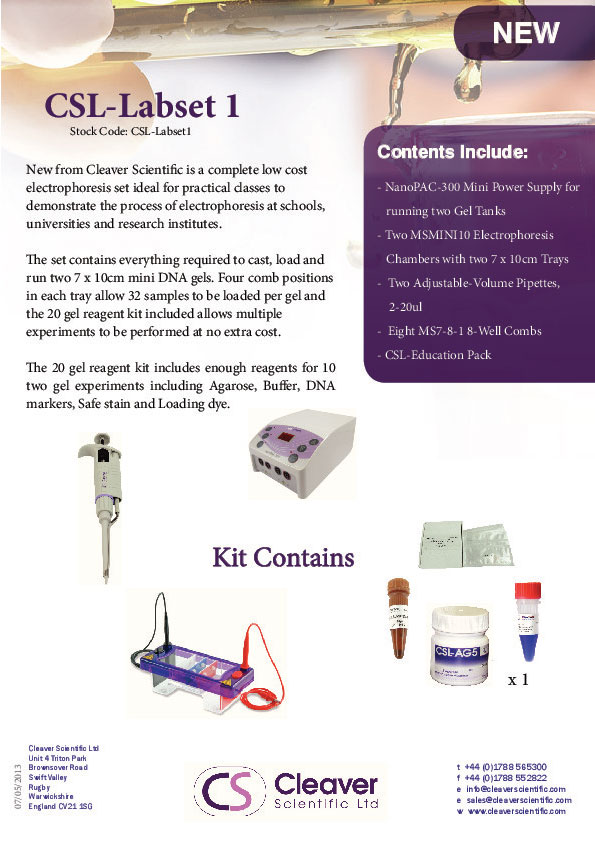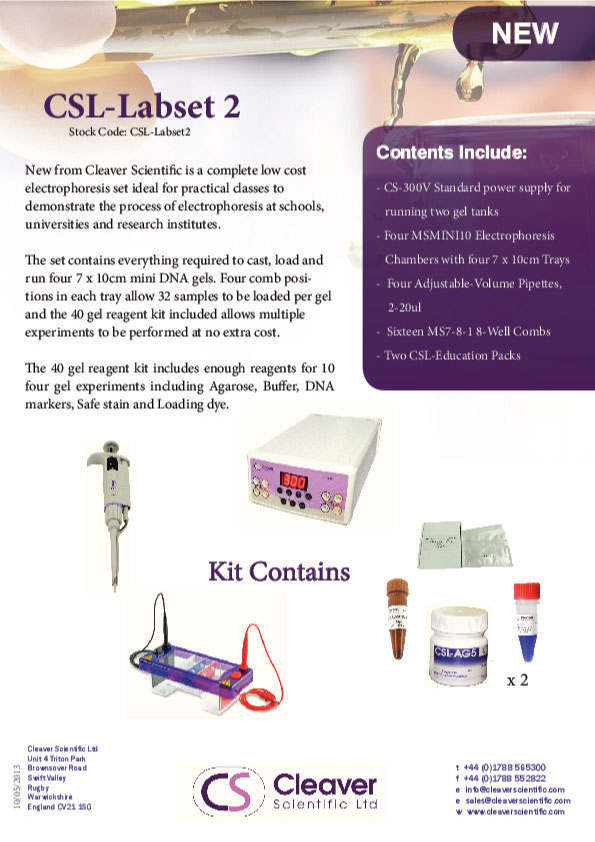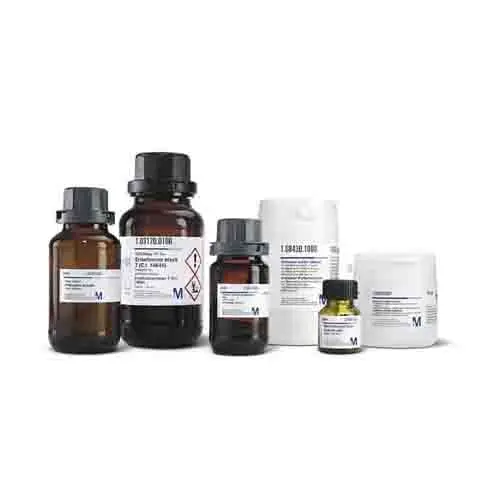
Kjeldahl Tablets for Wieninger Method, Merck
Price range: RM341.50 through RM1,211.58Brand:
Merck
Kjeldahl tablets for Wieninger method 5g/tablet.
Type: Wieninger catalyst Composition:
Na2SO4 – 96.5%
CuSO4 – 1.5%
Se – 2.0%
Kjeldahl tablets is grey colour in its appearance. Grey colour of the product is caused by raw material and does not affect the application.
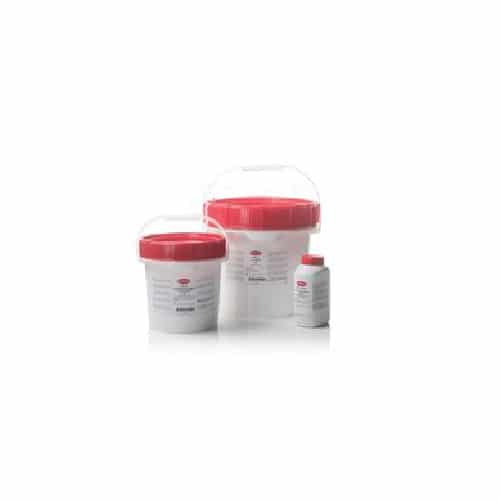
Kligler Iron Agar 500g, Oxoid
RM446.00Brand:
Thermo ScientificTM OxoidTM
Oxoid Kligler Iron Agar is used for differential identificaton of Enterobacteriaceae.
Kligler Iron Agar, Oxoid Composition
| Typical Formula* | gm/litre |
| `Lab-Lemco’ powder | 3.0 |
| Yeast extract | 3.0 |
| Peptone | 20.0 |
| Sodium chloride | 5.0 |
| Lactose | 10.0 |
| Glucose | 1.0 |
| Ferric citrate | 0.3 |
| Sodium thiosulphate | 0.3 |
| Phenol red | 0.05 |
| Agar | 12.0 |
| pH 7.4 ± 0.2 @ 25°C |
Kligler Iron Agar, Oxoid Preparation:
Suspend 55g in 1 litre of distilled water. Bring to the boil to dissolve completely. Mix well and distribute into containers. Sterilise by autoclaving at 121°C for 15 minutes. Allow to set as slopes with 1 inch butts.
Storage conditions and Shelf life
Store the dehydrated medium at 10-30°C and use before the expiry date on the label.
Store the prepared medium at 2-8°C.
Precautions
It is essential that Kligler Iron Agar is examined and reported at 18-24 hours. Early or late readings will give false results.
KIA will grow both oxidative and fermentative organisms. Confusion will result if care is not taken to distinguish between the two groups.
Always use a straight wire to inoculate the butt, to avoid splitting the agar with a loop.
Pure cultures are essential to avoid misinterpretation.
Do not use screw-capped tubes or bottles for KIA medium. It is essential that air is freely available to growth on the slant.

Kz30 Cephazolin
RM81.00Brand:
Thermo ScientificTM OxoidTM
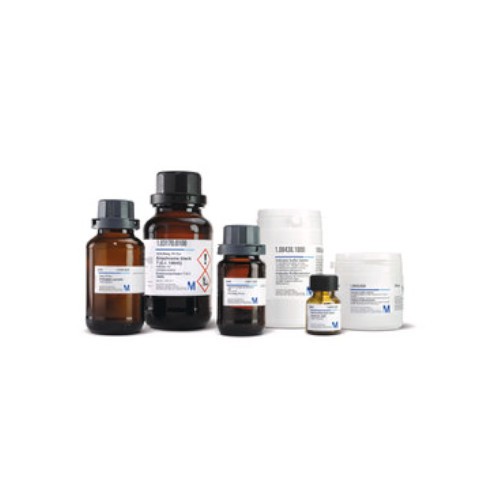
L-Ornithine Monohydrochloride for Biochemistry (Merck)
RM0.00Brand:
Merck
Description
CAS number: 3184-13-2
Linear Formula: C₅H₁₂N₂O₂ * ClH
Molecular Weight: 168.62
Synonym: L(+)-2,5-Diamino valeric acid hydrochloride
Application
L-Ornithine monohydrochloride for biochemistry.
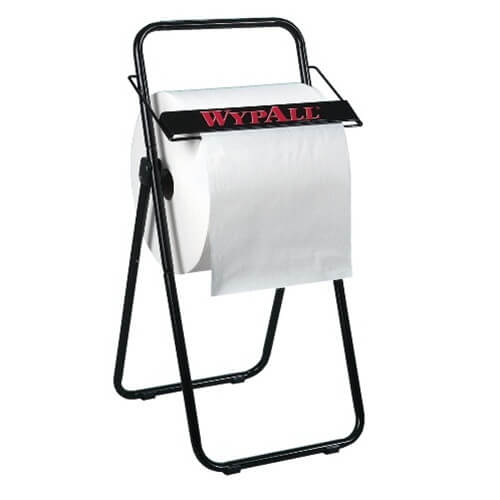
L10 Jumbo Roll/Industrial Roll Wipers, WYPALL
Price range: RM167.00 through RM231.00Brand:
WYPALL
Jumbo Roll Wipers, also known as industrial roll wipers, are widely used in the laboratory for cleaning purpose. It is extremely easy to use when use with the stands.

Lab Lemco Agar 500g
RM664.00Brand:
Thermo ScientificTM OxoidTM
Oxoid Lab-Lemco Agar (Nutrient Agar) is a nutrient medium for general bacteriological use.

Lab-Lemco Broth 500g
RM714.00Brand:
Thermo ScientificTM OxoidTM
Oxoid Lab-Lemco Broth is a nutrient medium equivalent to USA nutrient extract formulations.
Lab-Lemco Broth, Oxoid Composition
| Typical Formula* | gm/litre |
| `Lab-Lemco’ powder | 3.0 |
| Peptone | 5.0 |
| pH 7.4 ± 0.2 |
Lab-Lemco Broth, Oxoid Preparation:
Dissolve 8g in 1 litre of distilled water and distribute into final containers. Sterilise by autoclaving at 121°C for 15 minutes.
Storage conditions and Shelf life
Store the dehydrated medium at 10-30°C and use before the expiry date on the label.
Store the prepared medium at room temperature.
`Lab-Lemco’ Broth is slightly more alkaline than the medium used in the APHA publications (pH 6.8).
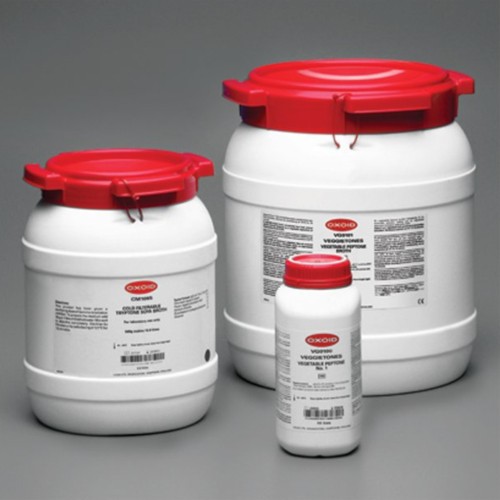
Lab-Lemco Powder (Beef Extract)
RM496.00Brand:
Thermo ScientificTM OxoidTM
Thermo Scientific™ Oxoid Lab-Lemco Powder is a Beef Extract made from specially selected raw materials.
- May be used in fermentation processes
- Industrial Reference: NMKL

Lactalbumin Hydrolysate 500g
RM509.00Brand:
Thermo ScientificTM OxoidTM
Oxoid Lactalbumin Hydrolysate is a pancreatic digest of lactalbumin which contains high levels of essential amino acids.
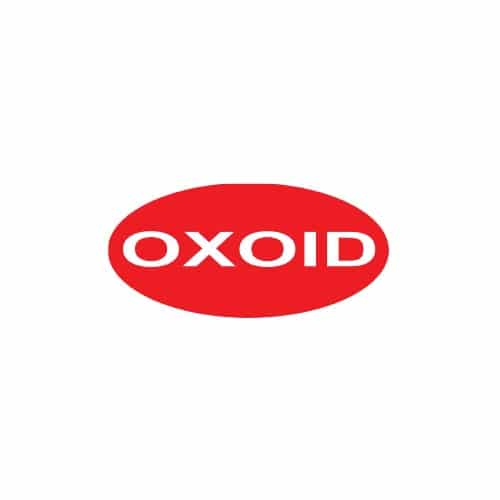
Lactic Acid 10% 1ML
RM0.00Brand:
Thermo ScientificTM OxoidTM
Thermo Scientific™ Oxoid Lactic Acid is a solution for addition to culture media, primarily to lower the pH.

Lactic Acid 10% 5ML
RM275.00
Brand:
Thermo ScientificTM OxoidTM
Thermo Scientific™ Oxoid Lactic Acid is a solution for addition to culture media, primarily to lower the pH.
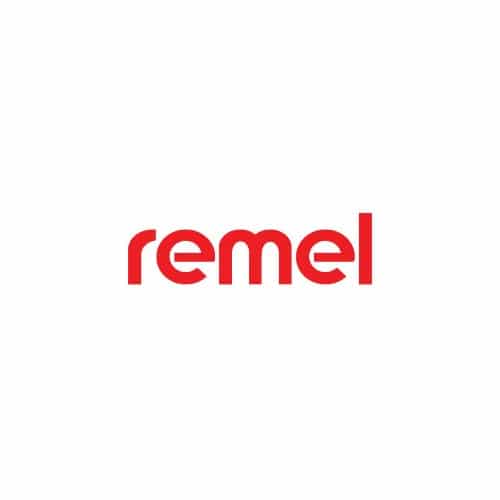
Lactophenol Aniline Blue BTL/25ml
RM309.00Brand:
Thermo Scientific™ Remel™
Stain fungal elements with Thermo Scientific™ Remel Lactophenol Aniline Blue.

Lactose Bacteriological 500g
RM190.00Brand:
Thermo ScientificTM OxoidTM
Oxoid Lactose Bacteriological is a sugar suitable for inclusion in bacteriological culture media.

Lactose Broth 500g
RM342.00Brand:
Thermo ScientificTM OxoidTM
Presumptively identify coliform organisms in milk, water and foods as specified by the American Public Health Association with Thermo Scientific™ Oxoid™ Lactose Broth (Dehydrated). Beef extracts and peptone in this liquid medium supply essential nutrients while lactose is a fermentable carbohydrate for coliforms. Coliforms ferment lactose in the medium resulting in gas formation which is indicative of positive results.
Lactose Broth, Oxoid Composition
| Typical Formula | gm/litre |
| `Lab-Lemco’ powder | 3.0 |
| Peptone | 5.0 |
| Lactose | 5.0 |
| pH 6.9 ± 0.2 @ 25°C |
Lactose Broth, Oxoid Preparation:
Dissolve 13g in 1 litre of distilled water and distribute into containers with fermentation tubes (Durham). Sterilise by autoclaving at 121°C for 15 minutes.
Storage conditions and Shelf life
Store the dehydrated medium at 10-30°C and use before the expiry date on the label.
Store the prepared medium at room temperature (18-22°C).
Precautions
Ensure that the fermentation tubes are free from air bubbles before inoculation.
Large water samples may require double-strength lactose broth to reduce the final volumes. Do not overheat double- strength broth or inhibitory products will be produced.

Lap Disk w/Reagent 50Tst/Kt
RM0.00Brand:
Thermo Scientific™ Remel™
Thermo Scientific™ Remel LAP Disc w/Reagent Test is used for rapid
differentiation of Aerococcus and Leuconostoc from Streptococcus,
Enterococcus, Lactococcus and Pediococcus using reagent impregnated disc.
Includes:
LAP disc and color developer included
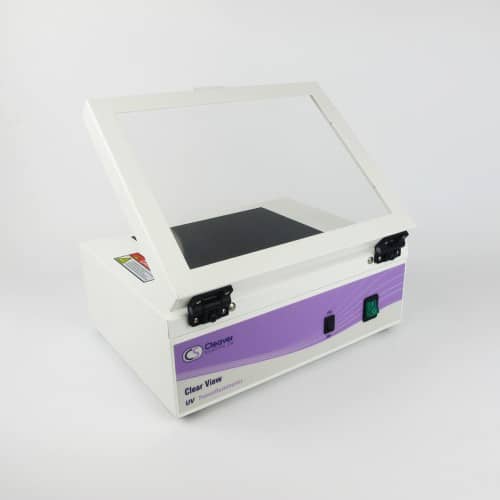
Large UV Transilluminator
Brand:
Cleaver Scientific
Available in single and dual wavelength formats, in 21x21cm and 21x26cm sizes, our transilluminators are supplied either as standalone units or with the microDOC, as part of a fully integrated gel documentation system. With a large surface area, each transilluminator serves as the perfect workstation for viewing and working with fluorescently-stained protein and nucleic acid gels.
Standard features include a high/low intensity safety switch and an efficient starter that allows each of the six 8-Watt UV tubes to energise quickly without flickering, while special filter glass minimises unwanted background light. All of these features maximise contrast and sensitivity, allowing even the faintest fluorescent gels to be viewed. Two dual wavelength models offer added flexibility and convenience.
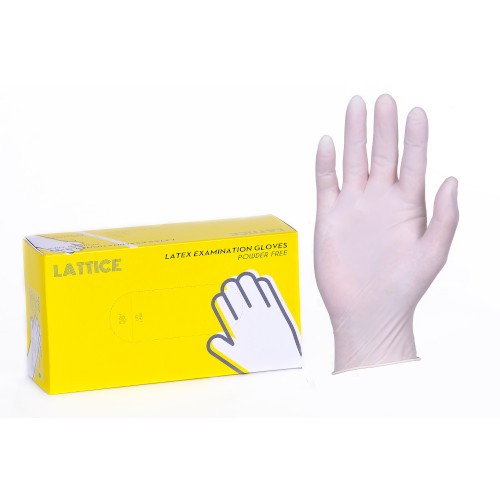
Latex Examination Glove (Powder Free)
RM13.00Brand:
Lattice
Powder-free latex examination glove is the most common disposable gloves that use in different application.
Features
- Protect from cross-contamination and dangerous substances
- Smooth donning thanks to single chlorination process even with a wet hand
- Soft and flexible to provide comfort
- Ambidextrous
- Fully textured to improve grip even in wet condition
- Beaded cuff makes donning easy
| Type | : | Powder Free |
| Material | : | High-quality natural rubber latex |
| Design & Features | : | Ambidextrous, textured, beaded cuff, off white to yellow |
| Shelf-life | : | 5 years from the date of manufacturing |
Quality Standards
- Conforms to ASTM D3578 & EN455 standards
- Manufactured under ISO13485:2003 quality management system

Lauryl Tryptose Broth 500g
RM226.00Brand:
Thermo ScientificTM OxoidTM
Detect coliform organisms in water, waste water and dairy products with selective Thermo Scientific™ Oxoid™ Lauryl Tryptose Broth (Dehydrated), while conforming to the formula detailed by American Public Health Association. Lauryl Tryptose Broth is designed to promote a rich growth and copious gas production from small inocula of coliform organisms.
Lauryl Tryptose Broth, Oxoid Composition
| Typical Formula* | gm/litre |
| Tryptose | 20.0 |
| Lactose | 5.0 |
| Sodium chloride | 5.0 |
| Dipotassium hydrogen phosphate | 2.75 |
| Potassium dihydrogen phosphate | 2.75 |
| Sodium lauryl sulphate | 0.1 |
| pH 6.8 ± 0.2 @ 25°C |
Lauryl Tryptose Broth, Oxoid Preparation:
Dissolve 35.6g in 1 litre of distilled water and distribute into containers with fermentation tubes (Durham). Sterilise by autoclaving at 121°C for 15 minutes.
Storage conditions and Shelf life
Store the dehydrated medium at 10-30°C and use before the expiry date on the label.
Store the prepared medium at room temperature.
Precautions
If stored at 2-8°C the broth will become cloudy or form a precipitate. This should clear at room temperature but gas formation is the criterion of growth not turbidity.

Lauryl Tryptose Broth With Mug 500g
RM1,124.00Brand:
Thermo ScientificTM OxoidTM
Oxoid Lauryl Tryptose Broth w/MUG is used for the presumptive identification of E. coli.
Lauryl Tryptose Broth with MUG, Oxoid Composition
| Typical Formula* | gm/litre |
| Tryptose | 20.0 |
| Lactose | 5.0 |
| Di-potassium hydrogen phosphate | 2.75 |
| Potassium dihydrogen phosphate | 2.75 |
| Sodium chloride | 5.0 |
| Sodium lauryl sulphate | 0.1 |
| 4-methylumbelliferyl-b-D-glucuronide (MUG) | 0.05 |
| pH 6.8 ± 0.2 @ 25°C |
Lauryl Tryptose Broth, Oxoid Preparation:
Suspend 35.65g of Lauryl Tryptose Broth with MUG in 1 litre of distilled water. Warm to 40°C. Mix well to dissolve and distribute into final containers holding inverted Durham tubes. (Please be aware of the special glassware requirements when using ultra-violet light.). Sterilise by autoclaving at 121° C for 15 minutes.
Storage conditions and Shelf life
Store the dehydrated medium at 10-30°C and use before the expiry date on the label.
Store the prepared medium at room temperature.

LB agar (MILLER) for Microbiology (Merck)
RM473.00Brand:
Merck
Description
LB Agar Miller from Merck is a commonly used medium in microbiology laboratories and is suitable for routine bacterial culture and transformation experiments. It is a formulation of Luria-Bertani (LB) agar developed by Miller, which includes a mixture of peptides, amino acids, and vitamins to support the growth of a wide range of bacteria.

LB broth (MILLER) for Microbiology (Merck)
RM471.00Brand:
Merck
Description
LB-Broth is based on the formulation of MILLER (1972) supporting the growth of E. coli. Casein peptone and yeast extract supply essential growth factors, such as nitrogen, carbon, sulfur, minerals and vitamins.
Typical Composition of LB-Broth (Miller, Merck)
| Typical Formula * | gm/litre |
| Yeast extract | 5.0 |
| Peptone from casein | 10.0 |
| Sodium chloride | 10.0 |
Preparation of LB Broth (Miller)
Suspend 25 g LB-Broth in 1 litre of demineralized water and autoclave for 15 min at 121 °C. at 25 °C (pH: 7.0 ± 0.2). The prepared broth is clear and yellowish-brown.
Experimental Procedure
According to appropriate use or purpose. Incubation: 24 h at 35-37 °C aerobically.
Product Specification and MSDS for LB Broth, Miller (Merck).

LCAT Selective Supplement 1 x 10 Vials
RM640.00Brand:
Thermo ScientificTM OxoidTM
Oxoid LCAT Selective Supplement is used for the preparation of New York City Medium for the isolation of Neisseria spp.
- Add to GC Agar Base, Part No. CM0367B
- Each vial supplements 500mL of medium
LCAT Selective Supplement, Oxoid Composition
| Vial contents (each vial is sufficient for 500ml of medium) | |
| Lincomycin | 0.5 mg |
| Colistin sulphate | 3.0 mg |
| Amphotericin B | 0.5 mg |
| Trimethoprim | 3.25 mg |
LCAT Selective Medium Preparation:
Reconstitute one vial as directed, aseptically add the contents to 490ml of sterile GC Agar Base CM0367, cooled to approximately 50°C, containing 50 ml Laked Horse Blood SR0048 and the rehydrated contents of one vial of Yeast Autolysate Supplement SR0105. Mix gently and pour into sterile Petri dishes.

